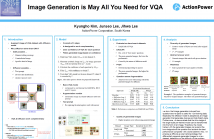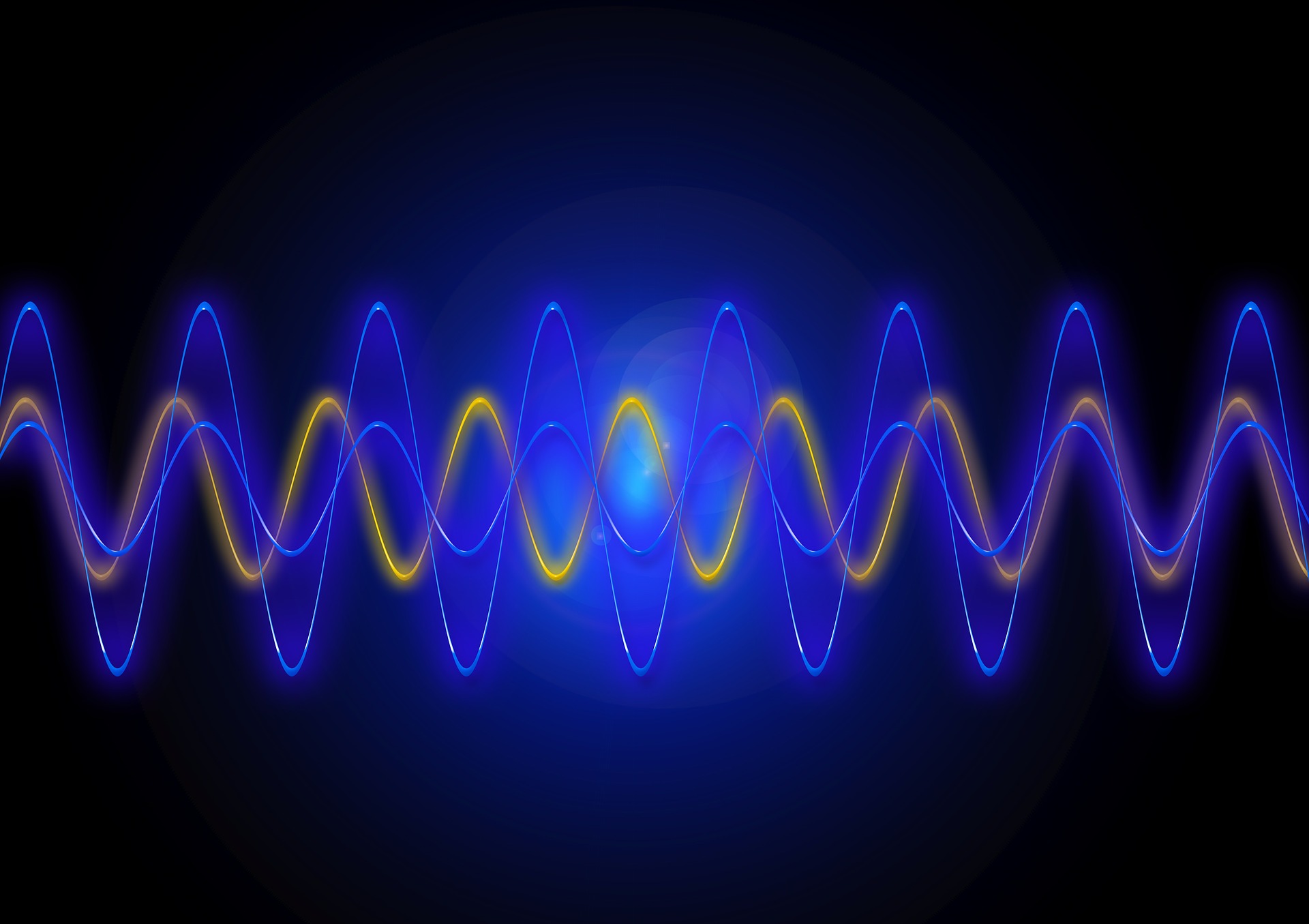- Image/Video Storage, Retrieval
- Image/Video Processing
- Image/Video Coding
- Image Scanning, Display, and Printing
- Image Formation

- Read more about Image Generation is MAY All You Need for VQA
- Log in to post comments
Visual Question Answering (VQA) stands to benefit from the boost of increasingly sophisticated Pretrained Language Model (PLM) and Computer Vision-based models. In particular, many language modality studies have been conducted using image captioning or question generation with the knowledge ground of PLM in terms of data augmentation. However, image generation of VQA has been implemented in a limited way to modify only certain parts of the original image in order to control the quality and uncertainty.
- Categories:
 85 Views
85 Views
- Read more about GROUP-WISE CO-SALIENT OBJECT DETECTION WITH SIAMESE TRANSFORMERS VIA BROWNIAN DISTANCE COVARIANCE MATCHING
- Log in to post comments
ICASSP海报.pdf
- Categories:
 13 Views
13 Views
- Read more about Compression Noise Reduction via Non-local Filtering with Rectified Regularity for Urban Building Scenes
- Log in to post comments
In this paper, we propose a novel low-rank based non-local image denoising method for HEVC video compression with the strategy of gathering non-local patches in the rectified domain. Owing to the irreversible quantization, image compression can be considered as adding noises into the original image, causing the distortion between the original image and the de-compressed image.
- Categories:
 54 Views
54 Views
- Read more about Image Compressed Sensing Using Auxiliary Information for Efficient Coding
- Log in to post comments
- Categories:
 29 Views
29 Views
- Read more about SPECIALISED VIDEO QUALITY MODEL FOR ENHANCED USER GENERATED CONTENT (UGC) WITH SPECIAL EFFECTS
- Log in to post comments
- Categories:
 17 Views
17 Views
- Read more about Meta Talk: Learning to Data-Efficiently Generate Audio-Driven Lip-Synchronized Talking Face with High Definition
- Log in to post comments
0 poster.pdf
- Categories:
 20 Views
20 Views
- Read more about SOLVING THE LONG-TAILED PROBLEM VIA INTRA- AND INTER-CATEGORY BALANCE
- Log in to post comments
poster.pdf
- Categories:
 13 Views
13 Views
- Read more about TOWARDS JOINT FRAME-LEVEL AND MOS QUALITY PREDICTIONS WITH LOW-COMPLEXITY OBJECTIVE MODELS
- Log in to post comments
The evaluation of the quality of gaming content, with low-complexity and low-delay approaches is a major challenge raised by the emerging gaming video streaming and cloud-gaming services. Considering two existing and a newly created gaming databases this paper confirms that some low-complexity metrics match well with subjective scores when considering usual correlation indicators. It is however argued such a result is insufficient: gaming content suffers from sudden large quality drops that these indicators do not capture.
- Categories:
 26 Views
26 Views
- Read more about Joint Global-Local alignment for domain adaptive semantic segmentation
- Log in to post comments
Unsupervised domain adaptation has shown promising results in leveraging synthetic (source) images for semantic segmentation of real (target) images. One key issue is how to align data distributions between the source and target domains. Adversarial learning has been applied to align these distributions. However, most existing approaches focus on aligning the output distributions related to image (global) segmentation. Such global alignment may not result in effective alignment due to the inherent high dimensionality feature space involved in the alignment.
- Categories:
 5 Views
5 Views
- Read more about DOMAINDESC: LEARNING LOCAL DESCRIPTORS WITH DOMAIN ADAPTATION
- Log in to post comments
- Categories:
 32 Views
32 Views